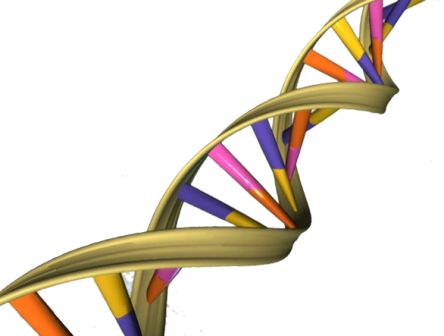Developmental Dyslexia
Quick facts about developmental dyslexia:

- Synonymous or interchangeable with the term dyslexia itself
- Develops within the first years of life
- Defined by the classic dyslexia symptoms
- Distinguished by a phonological deficit (difficulty manipulating phonemes)
- Genetic / inherited
- The cause is brain based - a neurological processing problem
- Frequently associated with ADHD
- Reading is slow and extremely difficult
- Symptoms often include poor spelling and handwriting
Definition
Developmental dyslexia is not so much a type of dyslexia, it is dyslexia.
In fact the definition of it would be the same as our definition of dyslexia generally: Extreme difficulty reading caused by a hereditary, brain based, phonologic disability.
Use of the term primarily distinguishes between genetic and acquired forms of dyslexia. Acquired forms typically result from stroke or head trauma for example, they present very differently and can diminish over time, whereas developmental dyslexia is a life long condition.
One could argue that acquired dyslexia(s) are not dyslexia at all, but a different kind of reading disability altogether because they are not genetic and not present at birth. But remember that the literal definition of dys-lexia is difficulty with words, and so the term can apply broadly to reading difficulties, leading to a lot of confusion when trying to identify or diagnose.
The usual kind of dyslexia is present at birth because it was inherited and then 'develops' during the first years of life, with some symptoms visible as early as 6 months to a year. It reveals itself in a neurological processing problem that inhibits the ability to decode and recall words easily, resulting in poor reading skills. It is not something that one grows out of later in life.
For more details on what dyslexia is and is not, see our "What is Dylexia?" page.
Intervention
The most effective evidence based programs for treating developmental dyslexia incorporate certain common teaching methods and content:
Personalized - Respects the specific language needs of the learner
Multisensory - Uses a variety of learning pathways: seeing, hearing, touching, and awareness of motion.
Systematic - Information is presented in an ordered way that considers both the new material being taught and past material taught.
Incremental - Learners move step by step from simple, well-learned material to that which is more and more complex, mastering each along the way.
For more comprehensive information see our page on Orton Gillingham. For information on programs based on Orton Gillingham or similar, successful methods, see our Treatment page.Finally, assistive technology such as text to speech readers and audio books are increasingly important parts of any effective learning plan.
Developmental Across Languages?
|
Do children who speak other languages develop the same type of dyslexia symptoms as English speaking children do? The short answer is yes. In a May, 2012 literature review on dyslexia in Lancet, Robin Peterson and Bruce Pennington concluded that "...cross-cultural work suggests universality in the neurobiological and neurocognitive causes of dyslexia." They did find that that readers in some languages, such as Italian for example, were less likely to have clinically significant reading problems than French or English, perhaps because the Italian language has greater consistency between the sounds of the language (phonemes) and the letters that represent them (graphemes). |
 Dyslexia knows no borders |
But overall, even readers of languages as diverse as Chinese revealed similar phonological deficits, suggesting that dyslexia is universal, varying only in degree.
Final thoughts on developmental dyslexia
Developmental dyslexia refers to dyslexia which is genetic and present from birth, subsequently 'developing' over the course of time. Most of the pages on this site are dedicated to this kind of reading disability. For more information see our pages on symptoms, causes and programs that work.
Research has found that dyslexia is universal, and found in every country and under every language. Still, there is variation in the degree of reading difficulty, with some languages revealing less severe forms of the learning challenge.
Return to the top of Developmental Dyslexia
- Home ›
- Types of Dyslexia ›
- Developmental Dyslexia
Image credit: By Apers0n [Public domain or Public domain], via Wikimedia Commons
New! Comments
Share your thoughts or ideas! Leave us a comment in the box below. You can post it at this site only or on Facebook too, it's up to you.